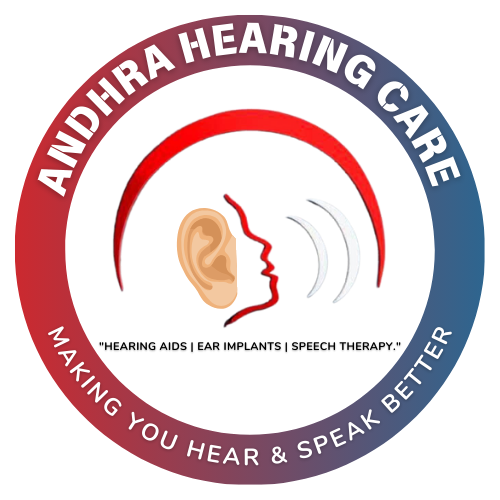Brain Stem Evoked Response Audiometry (BERA)
The Brain Stem Evoked Response Audiometry (BERA) is an objective test that gives us the approximate average hearing threshold level of the subject. It is a very reliable but time consuming test to objectively evaluate the hearing threshold of an adult or child across all frequencies except for the low frequencies.The term objective signifies that the patient does not have to subjectively respond to the sound stimuli and convey whether the patient is hearing the sound or not which is required in most hearing tests. The BERA test can autometically detect the patients hearing threshold i.e., how much the patient is hearing and is hence very useful to detect the hearing status in small children and in difficult to test adults. It is usually done using a click sound by which the subject’s average hearing threshold across all frequencies is evaluated.The BERA test is also done to identify the site of lesion i.e., the anatomical region in the brain where there is a damage in the auditory pathway inside the brain in patients suffering from vertigo / deafness / tinnitus. In Vertigo and Deafness clinic, in addition to click evoked BERA, there are provisions of carrying out Tone Evoked BERA i.e., BERA test with pure tone sounds to objectively evaluate hearing thresholds at different frequencies and also Bone Conduction BERA. CHIRP BERA which is a very sophisticated form of BERA test is also possible in Vertigo and Deafness Clinic. The clinc has six separate BERA units two from RMS one from Labat, one from Interacoustics and two from Otometrics.
The Brainstem Evoked Response Audiometry (BERA)Test
also called the ABR test or the BSER test is an objective test of hearing that is traditionally used for testing the structural and functional integrity of the auditory pathway from the inner ear to the midbrain. Many neurotological disorders that present with vertigo or deafness have defects in this portion of the auditory pathway in the brain. This is hence one of the basic investigations in patients suffering from vertigo, imbalance, hearing deficit and tinnitus. The test is also used to determine the degree of hearing loss objectivity in pediatric patients as well as in difficult to test patients who do not respond reliably to the subjective tests of hearing like the pure tone audiometry and allied tests.
How is the BERA Test Conducted?
BERA hearing test is an objective means of eliciting brain stem potentials in response to audiological stimuli which mostly click stimuli. However, it is generally used to identify any pathology in the vestibulocochlear nerve or the brainstem. The test is especially recommended for infants who are at high risk for hearing loss and in whom conventional audiometry cannot be performed because of their sensitive skin. This test is performed with the help of electrodes which help to record the potentials which are placed on the scalp. BERA is an effective screening tool for evaluating cases of hearing loss due to retrocochlear pathology i.e. (Acoustic schwannoma). An MRI scan may be indicated if there is an Abnormal BERA in such cases. BERA test should be supplemented by other audiological test batteries to know the site of the lesion and plan management accordingly.
- Used in screening newborns for deafness
- Used for intra-operative monitoring of central and peripheral nervous system
- Monitoring patients in intensive care units
Cerebral palsy
Cerebral palsy (CP) is a group of neurological disorders that affects how people move and maintain their balance. It is the most common motor disability in childhood, affecting 1 in 345 children in the United States. CP is not always preventable. However, it is sometimes the result of medical mistakes made during childbirth. In these cases, families may be able to pursue cerebral palsy financial support.
Cerebral palsy is a group of movement disorders that can cause problems with posture, manner of walking (gait), muscle tone, and coordination. Depending on the severity and type of CP, it affects different parts of the body. Although CP is usually caused by brain damage during childbirth, it is often not diagnosed until the first or second year of a child’s life. This means it can be difficult for new parents to know how their child will be affected as they continue to grow.
Types of cerebral palsy
There are several types of cerebral palsy that are characterized by the location of the brain injury. Symptoms can vary depending on where and how badly the brain was damaged.
- Ataxic cerebral palsy: This type is caused by damage to the cerebellum, resulting in motor control and movement issues.
- Athetoid/dyskinetic cerebral palsy: Caused by damage to the basal ganglia and/or cerebellum, this condition results in fluctuating muscle tone and involuntary movements.
- Hypotonic CP: This rare type, also connected to cerebellum damage, is characterized by floppy muscles, excess flexibility, and poor mobility.
